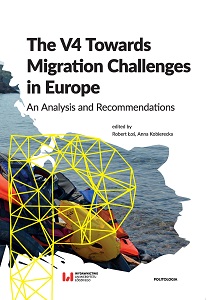Migration as a Political and Public Phenomenon: The Case of Poland
Migration as a Political and Public Phenomenon: The Case of Poland
Author(s): Anna Kobierecka, Michał Kobierecki, Robert Łoś, Michał Rulski
Subject(s): Governance, International relations/trade, Developing nations, Migration Studies
Published by: Wydawnictwo Uniwersytetu Łódzkiego
Keywords: migration; Poland
Summary/Abstract: There was hardly any migration policy in Poland at the time of its political transition. The EU accession process seemed to be a natural incentive to develop a legal and institutional framework which, in the case of Poland, was more inspired by the public administration than it was a grass-roots process deriving from actual needs connected with intensive migration patterns. In 1991 Poland began to sign and respect most significant instruments of international law dedicated to the protection of refugees. In 1991, Poland became a member of the Council of Europe, in 1992 joined the International Organization for Migration and in 1993 ratified the Convention for the Protection of Human Rights and Fundamental Freedoms.1 Poland is generally perceived as an emigration country, which is a result of the increasing number of Polish emigrants since the country joined the EU.2 Until the recent migration crisis, immigration to Poland constituted only an insignificant percentage, while emigration after 2004 intensified even further.3 However, for the past couple of years, it has been taking increasing numbers of foreigners, especially from Eastern Europe.
Book: The V4 Towards Migration Challenges in Europe
- Page Range: 149-189
- Page Count: 41
- Publication Year: 2017
- Language: English
- Content File-PDF

